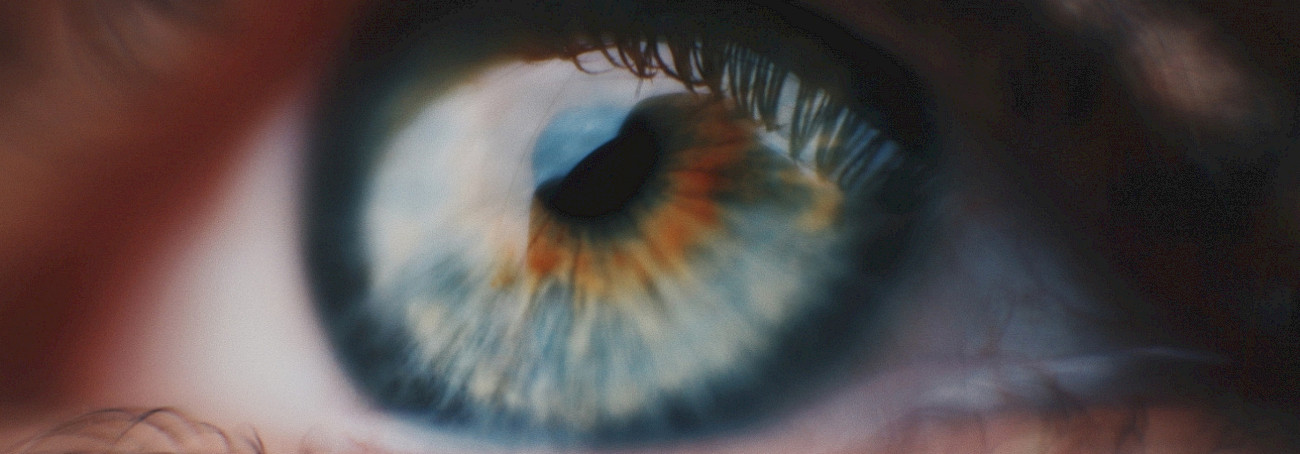Age-related macular degeneration (AMD) is a chronic retinal disease that is common from the age of 65. The ageing of the cells of the macula leads to a loss of central vision, which can manifest itself in visual deformities (wavy lines).
Two types of forms:
- Dry form: the most common. The delicate tissues of the macula become thin and no longer function properly. Progression is usually slow
- Wet form: characterised by the growth of abnormal blood vessels behind the macula, which distorts it like the roots of a tree distorting a road for example
Common risk factors are smoking, heredity, age, diet, unprotected UV exposure.
The treatment of AMD depends on the form: for the dry form, there is no treatment to date. Some food supplements prescribed by your ophthalmologist will slow down the progression. For the wet form, a treatment of intravitreal injections will be implemented. In rare cases, laser treatment may also be offered.


